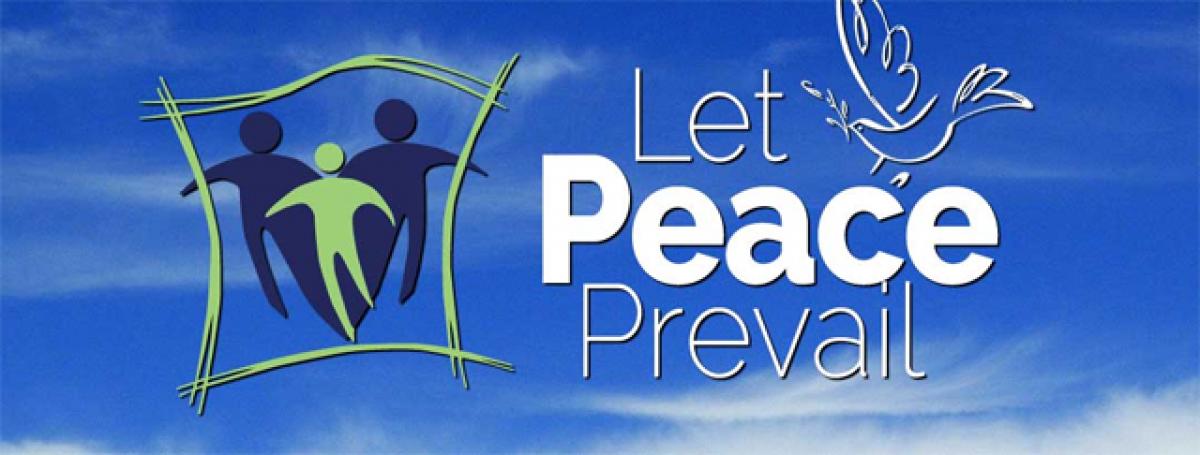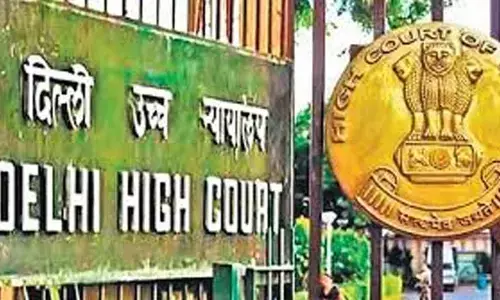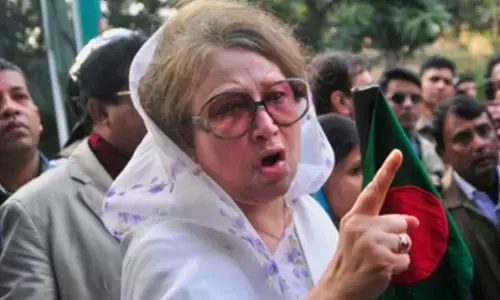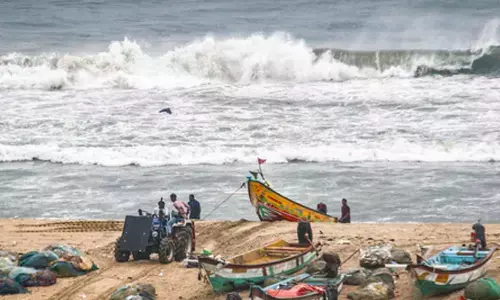Let peace prevail

Let peace prevail. Hope wrapped in caution has arisen on India’s north-eastern horizon with the signing of a pact between the Union government and the National Socialist Council of Nagaland (Isak-Muivah) representing largest faction of the Nagas.
The restive youths, who were lured into the insurgency with the help of China and Pakistan, need to be guarded against the influence of this external factor
Hope wrapped in caution has arisen on India’s north-eastern horizon with the signing of a pact between the Union government and the National Socialist Council of Nagaland (Isak-Muivah) representing largest faction of the Nagas. Although only a “framework agreement”, it is a significant window that has opened after two decades’ of intense negotiations.
.jpg)
It raises prospects of an end to Asia’s oldest running conflict that began with the Independence. Its conclusion is in every sense a beginning. Much needs done before lasting peace can be achieved. Fine details of the peace deal have not been made public, ostensibly for the sensitive nature of the work in progress.
But it is clear that the innovative solution tackles the two contentious issues that have bedevilled successive governments and generations of Nagas engaged in a bitter armed struggle, while running a parallel government. The war-and-talks-weary octogenarian Naga leaders, T Muivah and Isac Swu, the latter seriously sick, have accepted to be within the Indian Constitution, giving up their “core issue”.
The other is the demand for ‘Nagalim’, or the Greater Nagaland, an area seven times the size of Nagaland that covers territory now in three Indian States and the neighbouring Myanmar, triggering recurring violence on this score. The twin issues have contributed to political instability and encouraged a myriad insurgencies in the north-eastern region.
New Delhi, on its part, has neglected the isolated region, stunting its economic growth, thus adding to the peoples’ misery and discontent. Ensuring fullest possible resolution of these issues, a process that calls for extreme care and patience, the government must carry along the States concerned.
It needs reminding that many past pacts with the Nagas have failed. On his part, Muivah must carry his people, especially numerous smaller groups and more especially, the restive youths who were lured into the insurgency with the help of China and Pakistan. Both, the Naga leadership and the government need to guard against the return of this external factor.
If they do, the Naga resolution could help militancy across the region that is India’s gateway to Southeast Asia. Its success is the key to the success of Modi’s “Act-East Policy”. But for that, India will have to coordinate with Myanmar, where the break-away Naga group led by S S Khaplang is operating in conjunction with ULFA, Bodo and other splinter militant groups.
Delhi will have to do this with full determination, but without boasting about it the way it did in June. Somewhat familiar with the region as a political worker, Prime Minister Narendra Modi is said to have worked on this from the first day in office. He joins previous premiers from Jawaharlal Nehru onwards who tried but failed.
Modi and his officials deserve full credit. Before the pact was signed, he telephoned major leaders. Congress chief Sonia Gandhi has complained of Modi ‘arrogantly’ ignoring the chief ministers concerned, which is arguable. This calls for better interaction to bridge political differences and show of grace by all concerned.














